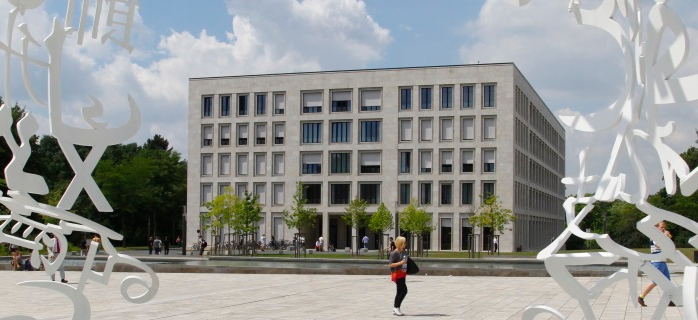
How Do Banks React to Catastrophic Events? Evidence from Hurricane Katrina
View/
Date
2017-09-01
Author
Schüwer, Ulrich
Lambert, Claudia
Noth, Felix
SAFE No.
94
Metadata
Show full item record
Abstract
This paper explores how banks react to an exogenous shock caused by Hurricane Katrina in 2005, and how the structure of the banking system affects economic development following the shock. Independent banks based in the disaster areas increase their risk-based capital ratios after the hurricane, while those that are part of a bank holding company on average do not. The effect on independent banks mainly comes from the subgroup of high-capitalized banks. These independent and high-capitalized banks increase their holdings in government securities and reduce their total loan exposures to non-financial firms, while they also increase new lending to these firms. Regarding local economic developments, affected counties with a relatively large share of independent and high-capitalized banks exhibit higher economic growth than the other affected counties after the catastrophic event.
Research Area
Financial Institutions
Keywords
catastrophic events, bank regulation, capital ratios, banking structure, economic development
JEL Classification
G21, G28
Topic
Corporate Governance
Household Finance
Stability and Regulation
Household Finance
Stability and Regulation
Relations
1
Publication Type
Working Paper
Link to Publication
Collections
- LIF-SAFE Working Papers [334]
